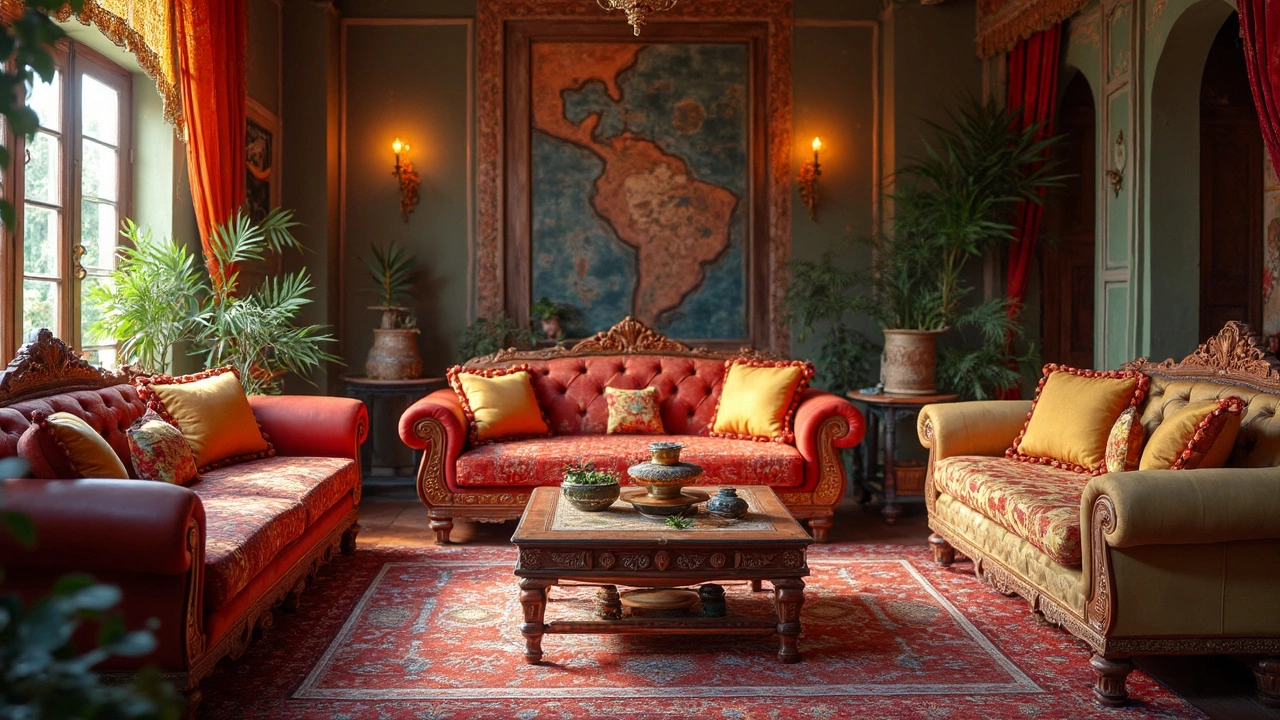Long-Lasting Sofas: How to Pick a Durable Couch That Won’t Sag
Everyone wants a couch that feels great today and still looks fresh in five, ten years. The secret isn’t magic – it’s about the right materials, solid construction, and smart upkeep. Below you’ll find the practical things to check before you buy and the habits that keep a sofa strong for the long haul.
Key Features of a Long‑Lasting Sofa
Frame material. Look for hardwood frames such as kiln‑dried oak, maple, or beech. These woods resist warping and hold up under daily use. Avoid soft woods like pine; they can crack or split after a few years.
Joint construction. The strongest sofas have joints that are glued, screwed, and reinforced with dowels or corner blocks. A frame that’s only nailed together will loosen over time and cause the couch to sag.
Suspension system. High‑quality sofas use sinuous springs, eight‑way hand‑tied springs, or a combination of both. These systems distribute weight evenly, preventing the seat from flattening. If you sit on a couch and feel a ‘give‑away’ spot right away, the suspension is probably cheap foam.
Cushion fill. Look for high‑density foam layered with a softer top layer, or a pocketed coil system. Down or feather fills feel plush but need regular fluffing and can lose shape quickly. A well‑designed foam core keeps the sofa firm while still providing comfort.
Fabric durability. Choose upholstery with a good rub count (the higher, the better) and stain‑resistant treatment. Performance fabrics like Crypton, Sunbrella, or tightly woven cotton blends stand up to pets, kids, and everyday wear.
Tips to Keep Your Sofa Looking New
Buying a solid couch is only half the battle. Simple habits extend its life dramatically. Rotate cushions every few weeks to even out wear. Spot‑clean spills right away with a mild detergent – the longer a stain sits, the harder it is to remove.
If you have pets or kids, consider a slipcover. A well‑fitted cover protects the fabric from scratches and spills, and it’s easier to wash than the entire sofa. When you need a quick refresh, a lint roller or a soft brush removes hair and debris without damaging the upholstery.
Control sunlight exposure. Direct sun can fade colors and weaken fabric fibers. Use curtains or position the sofa away from windows during peak hours. A little shade goes a long way toward preserving the couch’s original shade and texture.
Finally, give the frame a seasonal check. Tighten any loose screws and make sure the legs are stable. A small adjustment now prevents bigger structural issues later.
By focusing on these construction details and maintenance steps, you’ll avoid the common sag‑and‑wear problems discussed in our post “Sofas That Don’t Sag: How to Choose a Durable Couch for Your Home.” A well‑chosen, well‑cared‑for sofa becomes a reliable part of your living room, looking fresh and comfortable year after year.
Which Sofa Material Lasts the Longest?
Choosing the right material for your sofa is crucial for ensuring its longevity and durability. Different fabrics and materials offer varying levels of comfort and wear resistance. This article explores which materials are most likely to stand the test of time. Dive into the world of sofas to find out which option may be the best investment for your home.





